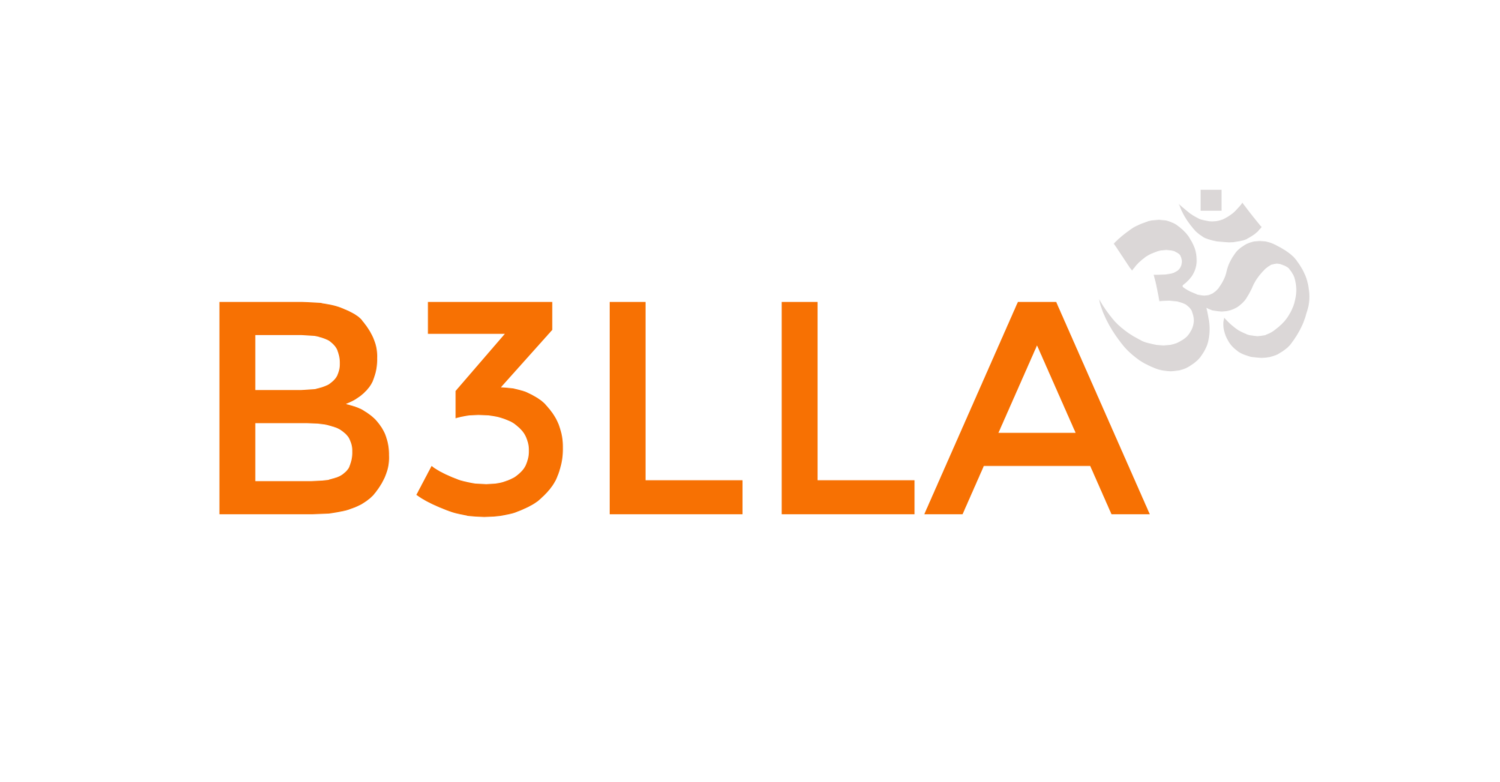SHOSTAKOVICH's Piano Trio No. 2 in E Minor, Op. 67 (1944)
Shostakovich was a Soviet era composer who lived through WWII and who was composing music not really for entertainment, but rather to be the voice of the people when it was taken away from them. This is totally uncensored music that describes to us a bit more about what it may have been like to live in Russia during Stalin’s reign. So you see, while artistic creations such as Beethoven’s “Moonlight” Sonata, or Monet’s “Water Lilies” gave the world a type of beauty and perfection the world had not yet seen, they are still basically fictional. In fact most art is. In other words, the reaction to Shostakovich’s music, rather than leaving you satisfied as you are after your favorite movie, should be closer to the reaction of watching a documentary about the Holocaust. Just as no one says, “Oh yes I love film, and that was quite a nail-biting and riveting film about communist Russia!” So too Shostakovich’s compositions are as concerned with ‘fine-art and music’ as a WWII documentary is produced for the sake of “film and art.” Composed at the height of the terror in 1944, the work you about to hear is treacherous to say very the least. It is in 4 movements.
I - The very opening of this trio is perhaps the most vividly haunting music that had been written up to this point. It begins with ‘harmonics’ in the cello that appear to embody a spirit or ghost. The violin then enters, but because of the cello’s “harmonics” (very high notes), is playing lower than the cello. So then there are two voices that sound like they are in different dimensions. Amidst the ghostly duet, the piano enters third with yet an altogether different timbre as it plays the subject deep in its low register. The atmosphere of an overcrowded graveyard bathed in pitch black darkness is certainly appropriate here. The rest of the movement is tied together using a motif that is reminiscent of an alarm (the kind you would hear in war-time), which also at times sounds like the clanging of train wheels on their way to death-camps. We have all seen the pictures, but Shostakovich saw the real thing.
II - If this is your first experience of the music of Dmitri Shostakovich, this movement will give you an idea of how he generally found it appropriate to depict life in red Russia. Like being told to smile genuinely with a gun to your head, for the rest of your life (which wasn’t long off usually), it is through the gritting of teeth that the horror of what was actually happening can be heard. While we could play for you a few measures of music and it would sound happy, all in context you realize that it is a bad dream that you can’t get out of. In a way, this movement traps you for 3 minutes in a circus funhouse that is inhabited by swastika covered clowns with sharp teeth and weapons.
III - The third movement begins with tolling death bells that are heard in the same succession (7 chords in the piano) throughout the movement. Similar to the opening of the first movement, the scene here is like watching tortured souls sorrowfully wander through a graveyard after a life cut all too short. This movement connects to the finale. So you will not hear a break.
IV - The fourth movement begins when you hear the violin begin “plucking” a sinister (and recognizable) theme, which seems to represent a shifty-eyed, and untrustworthy sheister of a character. Although Shostakovich was not Jewish, it is in this work (and only this movement really) that he first uses Jewish folk music as the subject. Now, how he got his point across regarding what was happening to the people of Russia (perhaps especially those that were Jewish) thus far in his life without using their folk music is beyond us. However, seeing what he does in this movement when he actually casts the oppressed subject as the main character, may help us understand why he didn’t use it in every piece. Suffice it to say, it is painful to witness. For example, in one particularly powerfully gruesome scene it sounds as though this ‘Jewish melody’ is literally ripping the hair out of it’s scalp, while music symbolizing dictator communism pounds mercilessly away in the background, faceless, heartless and lethal. It is this blood-splattered section in particular that makes this trio without a doubt the most intense piece of music in our repertoire and perhaps in all of the chamber music repertoire ever written. As the music finally subsides, accepting it’s fate, the last words of the piece are given to that sadistic, sheister character that has antagonized this entire finale. It is perhaps a depressing way to leave the audience, but by giving the last laugh to the oppressive powers, Shostakovich seems to send a clear message: Nobody won that war. We now look back on it in history, but we can only do so because we are here and alive; and with regard to each and every innocent life that was lost, and those who had to bury their loved one’s body, it was really Stalin, Hitler and evil who won. Shostakovich seems to be reminding us of that here- and painfully so... perhaps in desperate hope that we living in the future will never allow ourselves to become so near-sighted that we hand ‘ignorance’ and ‘fear’ the reigns of our world ever again.
